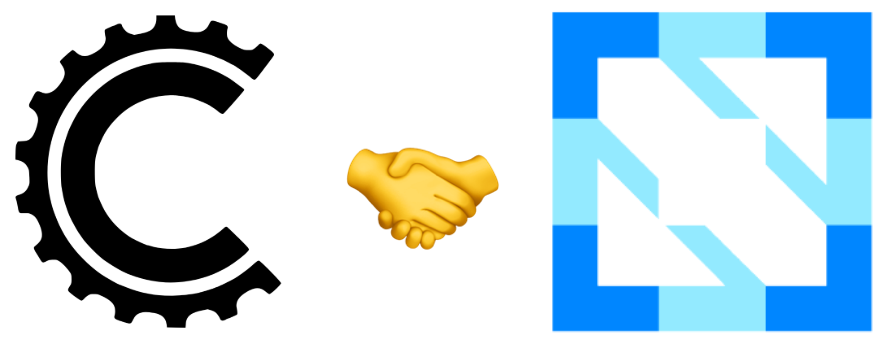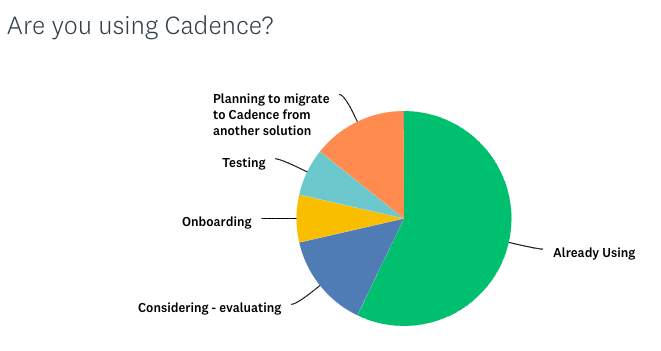Help Cadence Reach CNCF Incubation
Help Cadence Reach CNCF Incubation
Cadence is an open-source workflow orchestration platform. Our community currently includes more than 150 companies and it continues to grow. Many critical services are built with Cadence as it simplifies complex systems by separating business logic from its distributed system concerns.
Recently, Cadence was donated to Cloud Native Computing Foundation (CNCF), which is a major step towards making it an industry standard and receiving support from all around the world. In other words, the Cadence project is now a Linux Foundation project, licensed under Apache v2 which allows anyone to use and extend it freely. The project operates with open, merit-based governance, giving everyone the opportunity to help shape its future.
Currently, Cadence is a Sandbox project in CNCF’s maturity levels, which is the entry stage in this journey. We are preparing to apply for Incubation status, which will significantly expand the visibility, support, and adoption the project receives. To achieve this, we need to show strong adoption across a diverse range of companies and industries. Adding your company logo and a short description of your use cases in ADOPTERS.md helps objectively demonstrate this in a concrete, measurable way.
If your company depends on Cadence, reaching the Incubating level benefits you as well. Like many open-source projects, this creates a positive feedback cycle:
- Open sourcing a project attracts more adopters,
- More adopters bring visibility and contributors,
- More contributors keep the project reliable, efficient, and relevant, enabling faster feature delivery,
- Well-maintained projects attract even more adopters, and the cycle continues…
In short, we are asking for your help so we can support you better.
It’s Simple to Contribute
Adding your company is quick:
- Open a pull request to update
ADOPTERS.md, follow the instructions there. - Include your company name, logo (if possible), and a short description of how you use Cadence.
Each adopter listed shows that Cadence is being trusted and used in production. This encourages new users to adopt Cadence and helps demonstrate the stability, reliability, and scalability of the project.
Your contribution helps the entire community move forward.
Thank you for supporting Cadence and helping us grow within the CNCF ecosystem.




